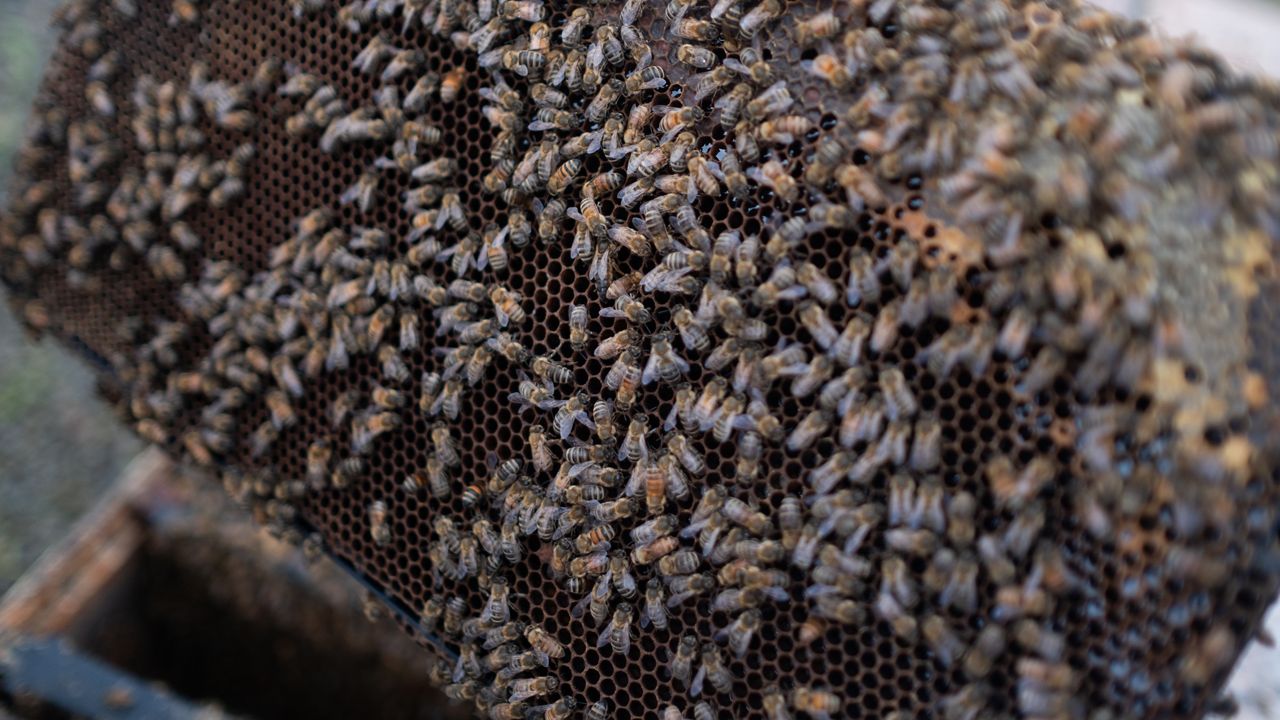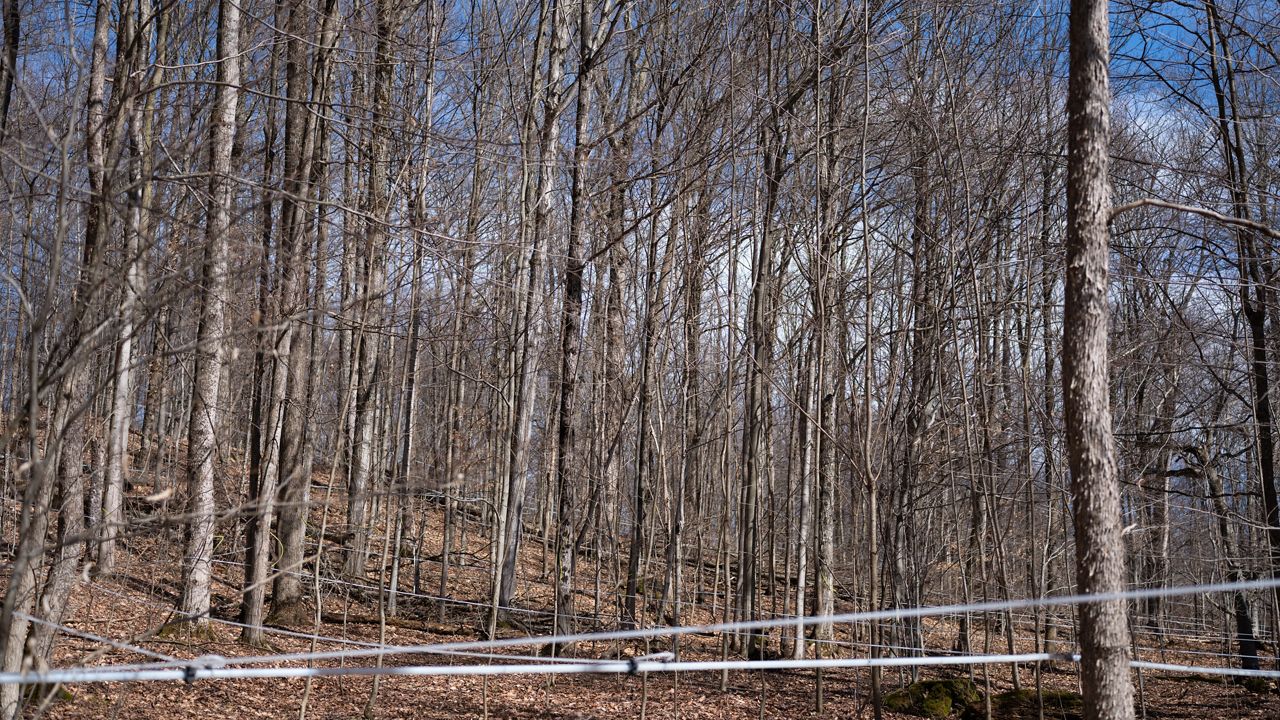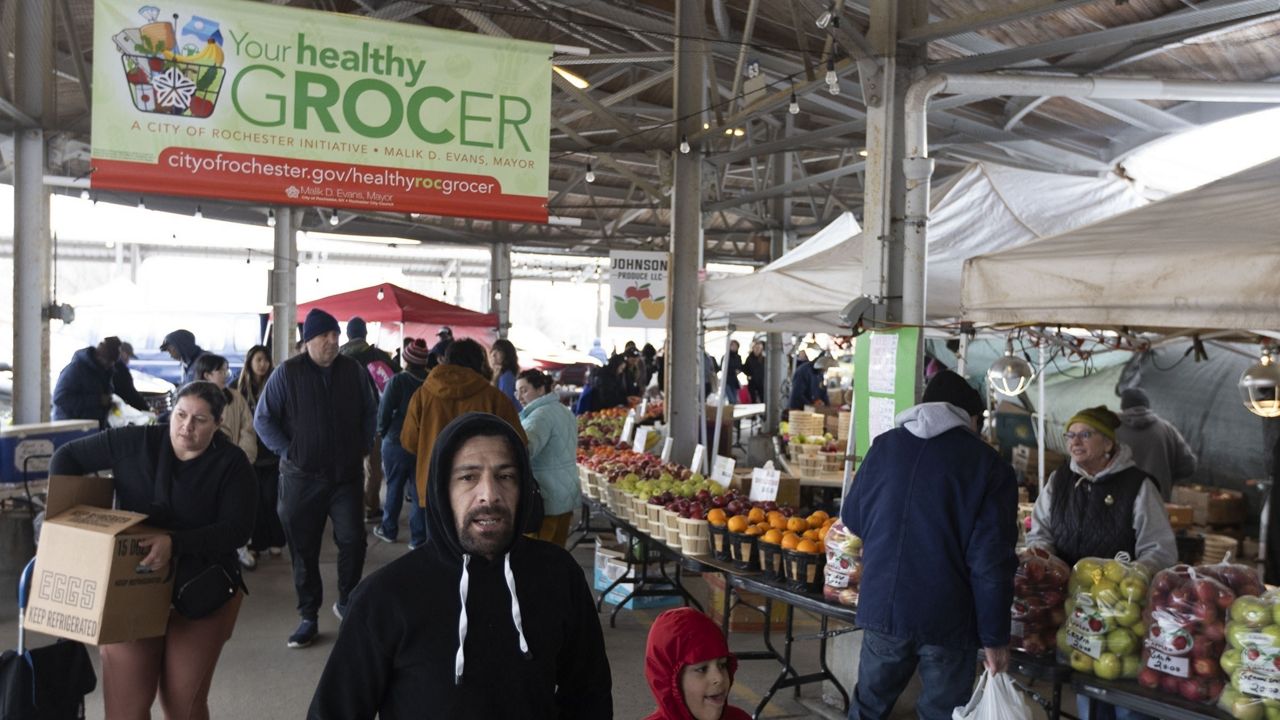Farmland continues to disappear from New York state, with dairies alone dropping by one-third in the past five years, according to new federal data.
“I’m concerned about the state of agriculture and food production in this country,” said U.S. Secretary of Agriculture Tom Vilsack in a press conference today.
The 757-page Census of Agriculture report, written by the USDA, is meant to quantify farms, producers, crops, livestock and everything else connected to agriculture in the country on national, state and county levels.
“Survey after survey continues to show a decline in the number of farms and farmland. The amount of farm decline is significant, and it’s particularly significant in this survey,” Vilsack said.
In New York, there was a loss of 2,788 farms, including 1,865 dairy farms and 363,885 acres of farmland from 2017 to 2022.
Christopher Wolf, an agricultural economist with Cornell University, said part of that is due to consolidation of farms.
“We have about the same number of cows and more milk production so part of it is a generational thing. Maybe the next generation doesn’t want to come back,” he said.
Some farmers may have been forced out or decided to get out of the industry due to financial hardship, Wolf said.
“With New York being a traditional dairy producing state, the area has a whole range of dairy farms from ones that have been around for many generations to newer ones, but it would tend to be the smaller older farms that are going out,” Wolf said.
The New York Department of Agriculture and Markets is reviewing the data from the census but Jola Szubielski, a spokesperson for the department, said they are working to strengthen the supply chain and introduce new markets to New York farms. This year they are doubling down their efforts to help current farmers grow and improve access to the industry for new farmers.
“The dairy industry has been working hard to educate our communities on the economics and unpredictability of dairy farming while collaborating with our partners in state government to identify solutions that support the future of the industry in the Empire State,” said Keith Kimball president of the Northeast Dairy Producers Association.
Collaboration between farms, farmworkers and dairy industry stakeholders to protect the viability of the remaining dairy farms is crucial, Kimball said in a statement.
In the United States, the number of farms declined by nearly 142,000 and a drop of 20 million acres of farmland from 2017 to 2022.
“I want to give you an idea of how many acres that is,” Vilsack said. “That is every New England state with the exception of Connecticut.”
Wolf said some of this is due to the land being developed.
“Part of what is going on there is building houses, and other construction-type developments. The other possibility is that some people just decided to stop farming,” Wolf said.
Vilsack recalled a warning issued by Secretary of Agriculture Robert Bergland in 1981 about the diminishing number of farms. Since then, the United States has lost 535,000 farms.
“That is every farm in the following states: North Dakota, South Dakota, Minnesota, Wisconsin, Illinois, Iowa, Nebraska, Oklahoma, Missouri and Colorado,” Vilsack said.
The data is meant to be a guide for law and policy makers going forward in the next five years.
“This survey, in addition to all of the amazing work and data that it contains, is a wakeup call,” Vilsack said.
The average age of U.S. farmers increased from 57.5 to 58.1.
Despite the drop in the number of farms, Wolf said the survey showed the amount being produced has increased since 2017.
“That’s really a testament to technological change, breakthroughs in hybrid seeds and changes in fertilization and management practices,” Wolf said.










